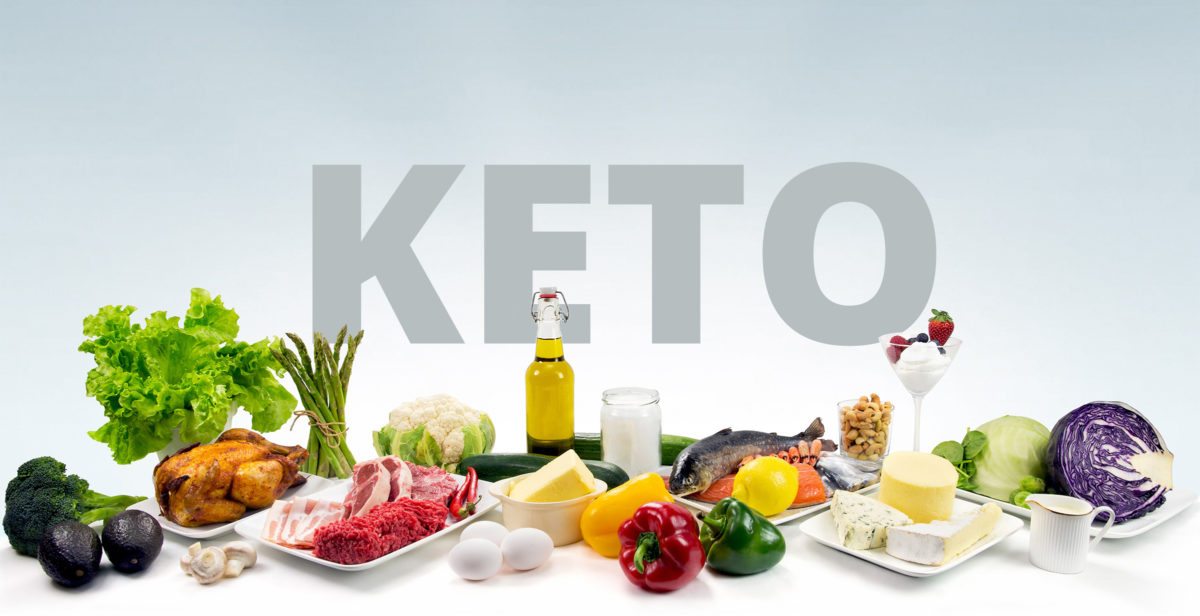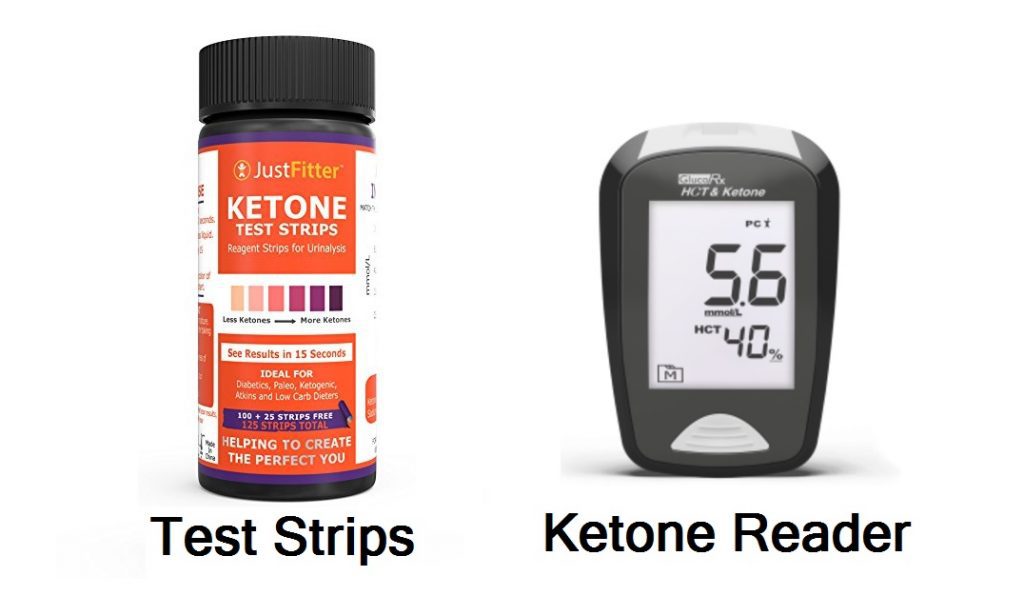
The Ketogenic Diet rose to popularity in 2016 and was one of the most searched for diets on the internet in 2018. It involves severely restricting carbohydrate which triggers the body to produce ketones.
Diet “Rules”
- This diet centres around a low carbohydrate intake, limiting it to 50 grams per day if not lower.
- Unlike the Atkins Diet, with the Ketogenic diet you also limit protein intake.
- The Macro-nutrients are roughly 20% Protein, 75% Fat and 5% Carbohydrates.
- Fat is the highest content in the diet and liberal intake of fats are encouraged.
- The name is derived from Ketones, which your body produces in the liver when it is severely restricted of carbohydrates. These Ketones provide energy for the body and also fuel the brain.
The Basics Of Gaining or Losing Weight
Calories are units of energy and we need so many in a day to stay the same weight. That number is called your Maintenance calories, in other words you consume that many to maintain weight.
- If you eat more than your body needs that’s a calorie surplus.
- If you eat less than your body needs that’s a calorie deficit.
- A calorie surplus leads to weight gain
- A calorie deficit leads to weight loss
The Ketogenic Diet is effective for a lot of people because it forces them to exclude an entire macro-nutrient. In particular, one which contains many foods we tend to overeat. In a diet without chips, crisps, cookies, cakes and sweets you remove the majority of temptations at home, the office and restaurants.
For someone aiming to consume 2000 calories per day the split would work out as:
- Protein 20% of 2000 = 400 kcal or 100 grams of Protein
- Carbohydrate 5% of 2000 = 100 kcal or 25 grams of Carbohydrate
- Fats are 75% of 2000 = 1500 kcal or 167 grams of Fat
To achieve this intake you are likely to rely on fatty cuts of meat, vegetables, high fat dairy, nuts, seeds and oils. Unlike the original Food Pyramid, with the Ketogenic Diet that would end up looking like this, with more frequently eaten foods towards the base of the pyramid. Here’s a detailed list of the foods you should try to eat.

Getting Into Ketosis
Ketosis relies on limiting the release of insulin by the body, which occurs when carbohydrate, or high levels of protein, are consumed. That is why those two foods are restricted, and the majority of daily calories come from fat. Ketosis can be measured with a blood ketone reader or ketone strips. Ketosis is defined as having blood ketone levels above 0.5 millimolar per Litre. This can be achieved through diet (nutritional ketosis) within 2-3 weeks but is also possible from 48 hours of fasting.
Nutritional ketosis is a longer process. Having a body that successfully utilises fat as a fuel source is known as being “fat adapted”. This can take 2-3 months for the body to optimise. That’s why short term studies (4-8 weeks) that measure the effects of the Ketogenic diet are unreliable.

Staying In Ketosis
Online you will hear and see many variations of the question “Will ____ kick me out of ketosis?”. Beyond the obvious triggers such as foods high in carbohydrate, there’s concern over other substances. Artificial sweeteners, food supplements and alcohol have the undesired effect of lowering ketone levels enough for your body to be “kicked out” of ketosis.
If you’re committed to the diet and want to remove all the uncertainty then simply purchasing a blood ketone reader will give you all the answers. If a food causes your blood ketone levels to drop below 0.5 mm/L then that has taken you out of ketosis.
Conclusion
Many feel the Ketogenic diet is superior to other diets due to the fact they can eat more calories while maintaining or losing weight. They also feel that it’s much easier to adhere to the diet. In reality there is a bias because those who’ve tried other diets and found they can stick to Keto will sing its praises online. Research has shown no significant difference in drop out rates from the ketogenic diet compared to many other popular diets. Those who claim they can eat more calories on the ketogenic diet were likely incorrectly tracking their calories in the first place. It’s common for people to under-report soft drinks or snack consumption.
If you want to try the ketogenic diet please do, but be aware 95% of the benefits touted from this diet are achieved via the weight lost. That means you’d see similar benefits by losing weight on many other diets. If you want to lose weight look for a diet plan that is sustainable in the long term. Be sure it suits your tastes, schedule and lifestyle.

